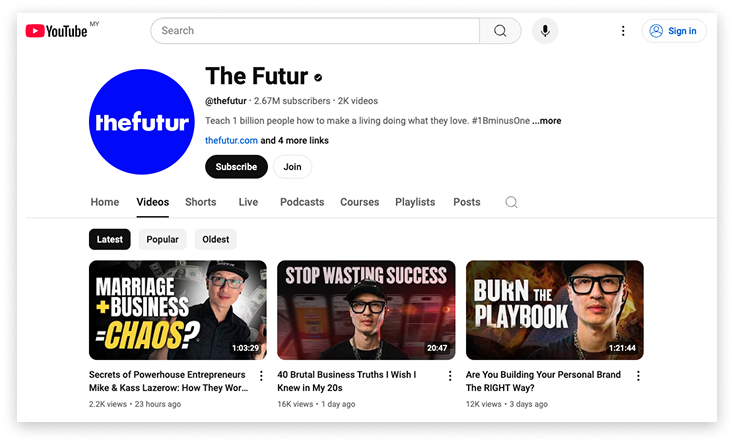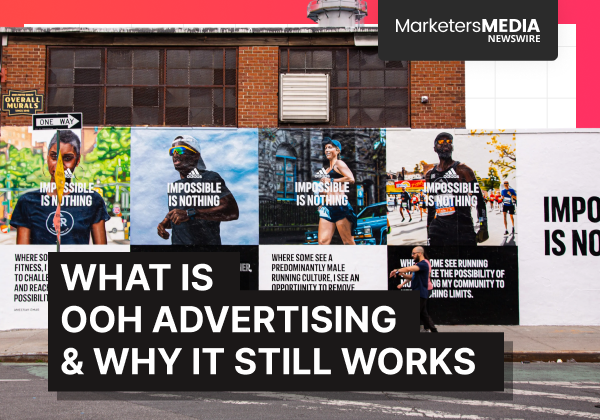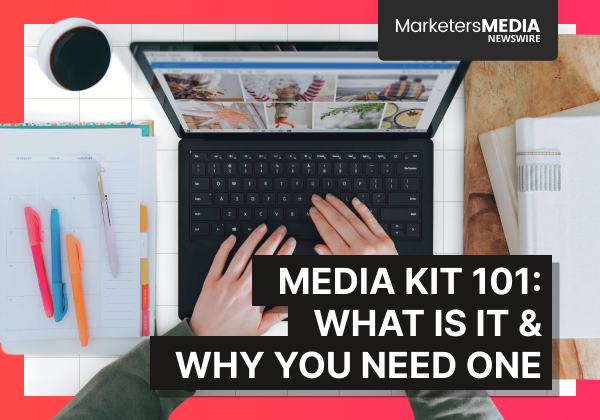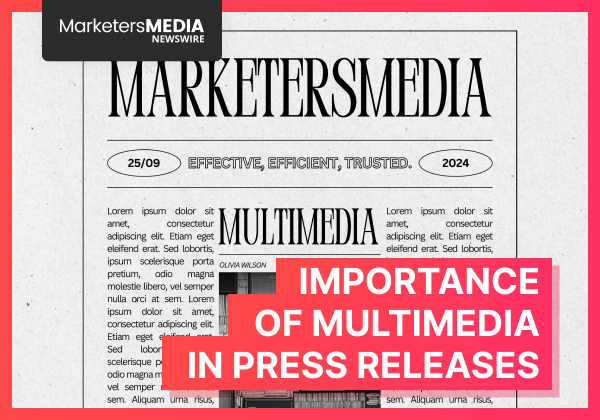Table of Content
You don't need a TED Talk or a bestselling book to become a thought leader.
Some of the most trusted voices today aren’t on big stages at all. They’ve built credibility by consistently showing up with useful insights—often through LinkedIn threads, podcast interviews, or guest articles.
That’s the core of thought leadership: sharing what you know in a way that helps others understand a topic better. It’s built over time, through repeated contributions that add value to the conversation.
In public relations, a thought leadership strategy means using expert commentary, insights, and consistent contributions to build credibility and position someone as a reliable voice in their space.
This kind of visibility helps build trust without relying on product pitches. It shows your audience you understand what matters to them—and that you actually have something worth saying.
In this post, we’ll look at how thought leadership fits into PR, why it works so well, and how to build a presence that earns trust and attention over time.
Why Thought Leadership Matters in PR?
Public relations works best when there’s something meaningful to contribute. Thought leadership gives companies and individuals that opportunity.
It allows them to stay present in conversations by sharing insight, experience, and perspective. This can be especially helpful during quiet periods when there’s no launch, event, or major update to share.
Over time, these contributions build familiarity. A name that appears in industry articles, podcast interviews, or expert columns becomes easier to remember. That recognition grows into trust—especially when the content consistently reflects real experience.
Trust opens doors. According to a joint report by LinkedIn and Edelman, nearly 60% of decision-makers said thought leadership influenced them to purchase something they hadn’t been considering. It creates confidence in both the individual and the business behind them.
The benefits extend beyond immediate sales:
- Media opportunities become more frequent
- Pitches encounter less resistance
- Your reputation precedes you in professional circles
Companies with limited marketing budgets find particular value here. Visibility grows through expertise, not expensive campaigns. Speaking invites, media mentions, and business connections emerge organically when you consistently demonstrate authentic knowledge.
In short, thought leadership gives PR a steady foundation. It creates visibility through substance, and it helps keep your voice part of the industry conversation—consistently and credibly.
So how do you build that kind of presence?
It starts with clarity, consistency, and a few intentional steps that build momentum over time.
How to Become a Thought Leader?
- Start with Real Expertise
- Pick a Niche That Aligns with Your Brand
- Offer Consistent, Real Value
- Build a Loyal Following Through Engagement
- Be Authentic and Aligned
- Commit to Consistency
- Quality Over Quantity, Always
- Create Demand Through Education
- Don’t Try to Sell—Let Authority Do the Work
Start with Real Expertise
The most effective thought leaders have something to offer because they’ve done the work. They’ve seen patterns, learned from challenges, and formed opinions based on what they’ve lived—not just what they’ve read.
Redfin is a great example. Their housing market reports pull from their own data, offering a unique view into real estate trends. These insights are picked up by outlets like CNN and Bloomberg, positioning Redfin as a go-to expert in the property market.

Pick a Niche That Aligns with Your Brand
The first practical step? Choose a specific area to focus on—ideally, one that sits at the intersection of your expertise, passion, and business relevance.
If you run a fitness coaching app, don't try to lead in topics like cybersecurity. Stick to what you know and care about, and where your audience expects to hear from you.
For instance, Chris Do, founder of The Futur, focuses on design, branding, and creative entrepreneurship. He could talk about general business—but he doesn’t. Instead, he speaks directly to creatives trying to turn their skills into income. That’s his lane, and he stays in it. As a result, his audience knows exactly what to expect.

Offer Consistent, Real Value
Thought leadership works when people know they’ll learn something from you. Every post, video, or comment should offer clarity, perspective, or a solution.
Zendesk shows how this works. Their blog covers topics like customer experience trends and CX metrics—not just from their own software’s perspective but from broader industry insights. That approach makes their content a go-to resource for support leaders, not just customers.
Build a Loyal Following Through Engagement
Thought leaders earn their audience over time. Share your own content, but also engage with others—commenting, reposting, or joining discussions.
As your engagement deepens, so does your credibility. People begin to recognize your name, associate it with valuable insight, and eventually seek you out for your perspective.
Be Authentic and Aligned
Today’s audiences are quick to spot insincerity. That’s why your tone, language, and values should align with both who you are and what your brand represents.
A mismatch between the personal and corporate voice creates confusion and dilutes trust. When done right, the individual becomes a natural extension of the brand.
Liah Yoo, founder of KraveBeauty, is a great example of this. Her calm, honest tone reflects her belief in cutting back on excessive skincare and focusing on what’s actually needed. That same approach shows up in KraveBeauty’s products and messaging. Because the voice behind the brand feels consistent and real, followers trust what she says—and what the brand stands for.

Commit to Consistency
One viral post won’t make you a thought leader. Regular output builds momentum and credibility. That doesn’t mean flooding your feed daily, but it does mean showing up predictably—whether that’s weekly LinkedIn posts, monthly whitepapers, or a quarterly podcast.
Rand Fishkin, co-founder of SparkToro (and previously Moz), is a model of consistent thought leadership. For years, his “Whiteboard Friday” videos and blog posts educated marketers on SEO. He didn’t just show up once—he became part of the weekly routine for thousands in the field.
Quality Over Quantity, Always
More content doesn’t mean better content. In fact, poor-quality or shallow posts can erode trust faster than silence.
Thought leadership content should be thought-provoking. It should challenge assumptions, introduce new ideas, or provide clarity in areas of confusion. That takes effort and care—and sometimes means publishing less often but with more impact.
Take Dr. Brené Brown—her TED Talks and essays on vulnerability aren’t frequent, but they are impactful, well-researched, and highly quotable. That’s what makes her a thought leader in the emotional intelligence and leadership space.
Create Demand Through Education
One of the smartest ways to generate demand for your brand or service is by helping people understand a challenge they didn’t fully grasp. That’s the magic of educational content: it makes people problem-aware.
Canva has successfully used educational content to build demand for their platform. Their design school, free templates, and tutorials don’t just market the product—they help small business owners and marketers learn visual design, creating loyal users in the process.
This approach also keeps your content at the top of the marketing funnel. It’s awareness-focused, not overly salesy.
Don’t Try to Sell—Let Authority Do the Work
People don’t become loyal followers because you pitch them constantly. They follow because you help them, inform them, or inspire them.
According to behavioral science, people are more likely to trust and follow someone they perceive as an authority. If your thought leadership consistently proves you understand your audience’s world, they’ll be more receptive when they are ready to make a buying decision.
That’s why some of the best thought leadership lives behind lead forms. While it educates upfront, it also helps you build a database of warm leads who already trust your voice.
Ali Abdaal, a doctor-turned-YouTuber, shares tips on productivity, study techniques, and business. He rarely pushes a product. Instead, he provides so much free, useful content that when he does launch a course or book, people are already primed to act. Trust has already been earned.
Final Thoughts
Thought leadership works because people value insight that comes from real experience. It’s what builds trust over time—and what keeps your voice relevant in an industry that moves quickly.
For PR professionals and subject matter experts, this kind of visibility can’t be rushed. But it can be supported.
If you're already creating value through your content, the next step is making sure people actually see it. One way to do that is by distributing your insights through press releases.
At MarketersMEDIA Newswire, we work with businesses of all sizes—helping them publish thought-driven press releases that reach journalists, top media sites, and potential customers across multiple channels.
Want to get your insights seen beyond your usual audience?
Contact our team to find out how we can help.
Free Press Release Template
Tell us where to send your PDF:









